Qiang Chen
age ~50
from Riverside, CA
- Also known as:
-
- Qian G Chen
- Quiang Chen
- Qzang Chen
- Phone and address:
- 8614 Hayloft Pl, Riverside, CA 92508
Qiang Chen Phones & Addresses
- 8614 Hayloft Pl, Riverside, CA 92508
- Los Angeles, CA
- San Diego, CA
- Somerset, NJ
- Edison, NJ
- Phoenixville, PA
- New Brunswick, NJ
Isbn (Books And Publications)

Us Patents
-
Design And Generation Of Human De Novo Pix Phage Display Libraries
view source -
US Patent:20100021477, Jan 28, 2010
-
Filed:Aug 25, 2009
-
Appl. No.:12/546850
-
Inventors:Ping Tsui - Berwyn PA, US
Lei Shi - Radnor PA, US
Jin Lu - Radnor PA, US
John Wheeler - Radnor PA, US
Brian Whitaker - Radnor PA, US
Lionella Borozdina-Birch - San Diego CA, US
Juan C. Almagro - Radnor PA, US
Bernard Amegadzie - Radnor PA, US
Mark Tornetta - Radnor PA, US
Ramachandra Reddy - Radnor PA, US
David M. Knight - Radnor PA, US
Jinquan Luo - Radnor PA, US
Raymond W. Sweet - Radnor PA, US
Qiang Chen - San Diego CA, US -
International Classification:A61K 39/40
C12N 15/63
C12N 1/21
C07K 14/195
C07K 16/12
C40B 40/02
C40B 30/04 -
US Classification:4241641, 4353201, 4352523, 530350, 5303871, 506 14, 506 9
-
Abstract:Described and claimed herein are combinatorial synthetic Fab libraries displayed on a phage pIX protein. The libraries were built on scaffolds representing the most frequently used genes in human antibodies, which were diversified to mirror the variability of natural antibodies. After selection using a diverse panel of proteins, numerous specific and high-affinity Fabs were isolated. By a process called in-line maturation the affinity of some antibodies was improved up to one hundred-fold yielding low pM binders suitable for in vivo use. This work thus demonstrates the feasibility of displaying complex Fab libraries as pIX-fusion proteins for antibody discovery and lays the foundations for studies on the structure-function relationship of antibodies.
-
Flexible Plasma Applicators Based On Fibrous Layers
view source -
US Patent:20200246496, Aug 6, 2020
-
Filed:Apr 21, 2020
-
Appl. No.:16/853983
-
Inventors:- New Brunswick NJ, US
- Gainesville FL, US
Qiang Chen - Somerset NJ, US
Subrata Roy - Gainesville FL, US -
International Classification:A61L 2/14
H05H 1/24
A61L 9/22
A61L 9/04
A61L 9/12
A61L 2/20
A61L 2/26
A61L 2/00
C01B 13/11
A61L 15/18
A23L 3/26
A23L 3/3409
A23L 3/3445
B32B 3/26
B32B 29/00
B32B 7/12
G01N 33/00 -
Abstract:Disclosed herein are flexible plasma applicators based on fibrous layers that are capable of rapidly sanitizing a surface via either direct or indirect contact with said surface.
-
Antibodies Specifically Binding Hla-Dr And Their Uses
view source -
US Patent:20180355043, Dec 13, 2018
-
Filed:Dec 16, 2016
-
Appl. No.:16/062255
-
Inventors:- Horsham PA, US
Qiang Chen - San Diego CA, US
Melissa Swiecki - Blue Bell PA, US
Robert Kuhn - North Wales PA, US
Hong Zhou - San Diego CA, US
Karen Duffy - Trappe PA, US
Stephane Becart - San Diego CA, US
Chichi Huang - Berwyn PA, US
Sheng-Jiun Wu - Broomall PA, US
Jeffrey Luo - Malvern PA, US
Galina Obmolova - Phoenixville PA, US
Robin Ernst - Kintnersville PA, US -
International Classification:C07K 16/28
-
Abstract:The present invention relates antibodies or antigen-binding fragments thereof specifically binding HLA-DR, polynucleotides encoding the antibodies or fragments, and methods of making and using the foregoing.
-
Flexible Plasma Applicators Based On Fibrous Layers
view source -
US Patent:20170224856, Aug 10, 2017
-
Filed:Feb 6, 2017
-
Appl. No.:15/425474
-
Inventors:- New Brunswick NJ, US
Jingjin Xie - Piscataway NJ, US
Qiang Chen - Somerset NJ, US -
International Classification:A61L 2/14
A61L 2/00 -
Abstract:Disclosed herein are flexible plasma applicators based on fibrous layers that are capable of rapidly sanitizing a surface via either direct or indirect contact with said surface.
Name / Title
Company / Classification
Phones & Addresses
Principal
Sunny Wellness Center
Health/Allied Services
Health/Allied Services
17706 Chatsworth St, San Fernando, CA 91344
President
SHENZHEN SPECIAL ECONOMIC ZONE (U.S.A.) DEVELOPMENT FINANCE COMPANY
17800 E Colima Rd #92, Rowland Heights, CA 91748
17800 Colima Rd, Whittier, CA 91748
17800 Colima Rd, Whittier, CA 91748
Classmates

Qiang Chen
view sourceSchools:
Brier Elementary School Fremont CA 1978-1982
Community:
Karen Englund, Jennifer Vargas, Suzanne Cole

Brier Elementary School, ...
view sourceGraduates:
Qiang Chen (1978-1982),
Sylvia Lam (1999-2003),
Synnora Bettencourt (1984-1989),
Lea Nelson (1996-1997),
Sandra Kleinman (1964-1966)
Sylvia Lam (1999-2003),
Synnora Bettencourt (1984-1989),
Lea Nelson (1996-1997),
Sandra Kleinman (1964-1966)
Plaxo

chen qiang
view sourceScarborough, ON

Qiang Chen
view sourceardexchina

Qiang Chen
view sourceDirector of QC Systems at Alexza Pharmaceuticals
Myspace
Youtube
Flickr

Qiang Chen
view source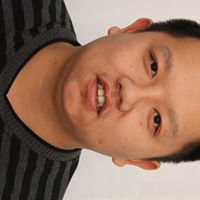
Qiang Chen
view source
Chen Qiang Chen Qiang
view source
Qiang Chen
view source
Qiang Chen
view source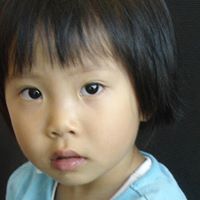
Qiang Chong Chen
view source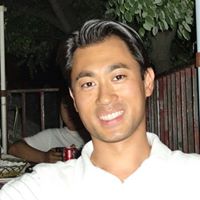
Hg Qiang Chen
view source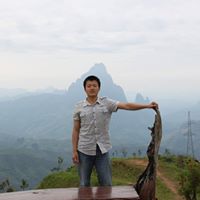
Qiang Chen
view sourceNews

Sea life bounced back fast after the 'mother of mass extinctions'
view source- In 2012, palaeontologists Zhong-Qiang Chen at the China University of Geosciences and Mike Benton at the University of Bristol, UK, hypothesized2 that ecosystem recovery happened in steps, with a pyramid-shaped food web building up one level at a time from self-sufficient organisms to apex predat
- Date: Feb 09, 2023
- Category: Science
- Source: Google

'Plantibodies' drugs advance
view source- Developing new drugs is a very expensive and risky business, said Qiang Chen, a professor at Arizona State University currently researching the use of plant-farmed antibodies against the West Nile virus.
- Date: Aug 17, 2014
- Category: Health
- Source: Google

Tobacco-grown antibodies promising in the fight against Ebola
view source- Growing antibodies in plants is safer than in mammals, because plants are so far removed, so if they had some sort of plant virus we wouldnt get sick because viruses are host-specific, said Qiang Chen, a plant biologist at Arizona State University in Tempe, Arizona.
- Date: Aug 06, 2014
- Category: Health
- Source: Google

Earth took 10 million years to recover from biggest extinction
view source- With less than 10 percent of plants and animals surviving and a huge number of biological niches left unfilled, a quick bounce back could seem likely, but according to Dr Zhong-Qiang Chen, from the China University of Geosciences in Wuhan, and Professor Michael Benton from the University of Bristol,
- Date: May 28, 2012
- Category: Sci/Tech
- Source: Google

Earth took 10 million years to recover from mass extinction
view source- "It is hard to imagine how so much of life could have been killed, but there is no doubt from some of the fantastic rock sections in China and elsewhere round the world that this was the biggest crisis ever faced by life." says Dr Zhong-Qiang Chen, from the China University of Geosciences in Wuhan.
- Date: May 28, 2012
- Category: Sci/Tech
- Source: Google

Earth Took 10 Million Years To Recover From Its Greatest Mass Extinction
view source- New evidence is suggesting a recovery that took 10 million years. This new research was done by Dr Zhong-Qiang Chen, from the China University of Geosciences in Wuhan, and Professor Michael Benton from the University of Bristol. It has just been published in the journal Nature Geoscience.
- Date: May 28, 2012
- Category: Sci/Tech
- Source: Google

Earth took 10 million years to recover from mass extinction, says study
view source- The review, by Dr Zhong-Qiang Chen, from the China University of Geosciences in Wuhan, and Professor Michael Benton from the University of Bristol, found the delay to recover from the extinction was due to two factors.
- Date: May 28, 2012
- Category: Sci/Tech
- Source: Google

Earth took '10 mn yrs to recover from greatest mass extinction'
view source- Recent evidence for a rapid bounce-back is evaluated in a new review article by Dr Zhong-Qiang Chen, from the China University of Geosciences in Wuhan, and Professor Michael Benton from the University of Bristol.
- Date: May 28, 2012
- Category: Sci/Tech
- Source: Google
Googleplus

Qiang Chen
Work:
UFL

Qiang Chen
Tagline:
Reading!

Qiang Chen
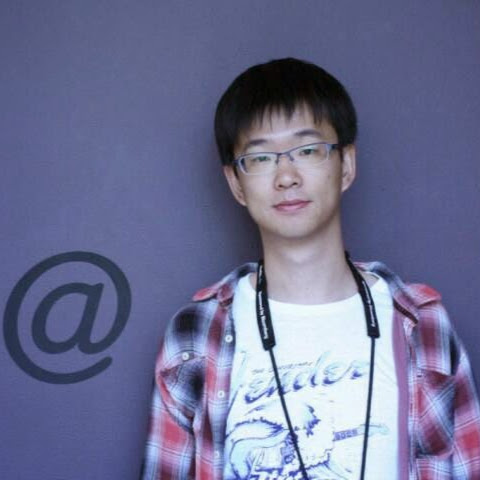
Qiang Chen

Qiang Chen

Qiang Chen
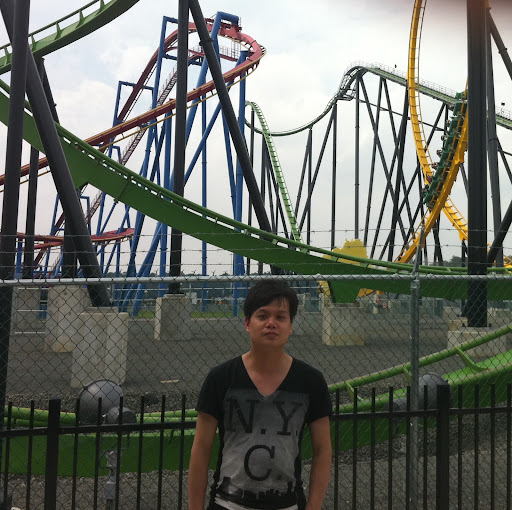
Qiang Chen

Qiang Chen
Get Report for Qiang Chen from Riverside, CA, age ~50















